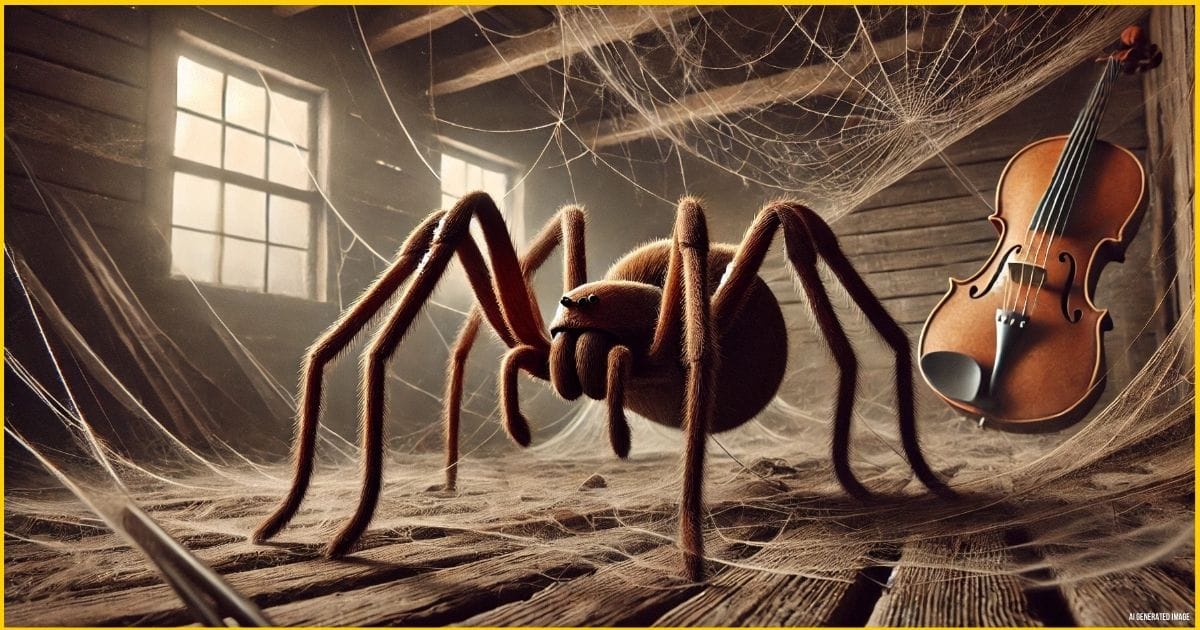When it comes to spiders, the United States is home to a variety of species, some of which are venomous and potentially dangerous. Understanding these spiders is crucial for ensuring personal safety and taking necessary precautions. Here, we present the 10 deadliest spiders in the USA, detailing their habitat, appearance, and the effects of their bites.
1. Black Widow Spider (Latrodectus spp.)
The Black Widow Spider is infamous for its potent venom and unmistakable appearance. It is one of the most dangerous spiders in the United States, often evoking fear due to its reputation.
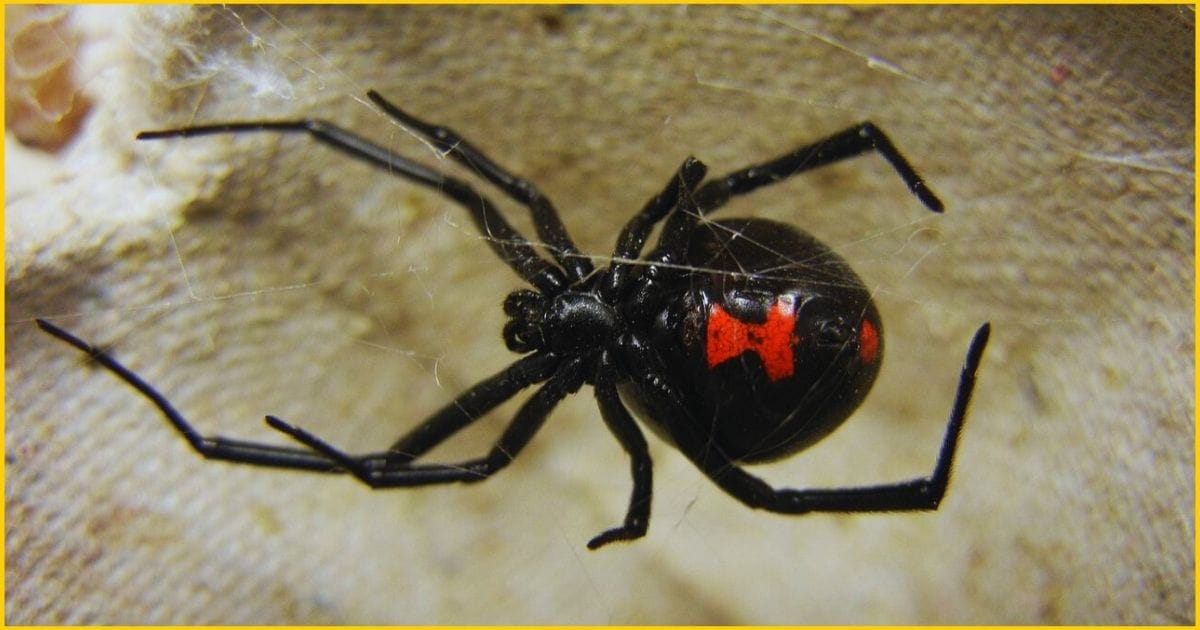
- Appearance: Females are shiny black with a distinct red hourglass marking on their abdomen. Males are smaller and less vibrant.
- Habitat: Found in dark, sheltered areas like woodpiles, basements, and garages across the southern and western USA.
- Venom: The neurotoxic venom causes muscle cramps, severe pain, nausea, and, in rare cases, can be fatal if untreated.
- Precautions: Avoid reaching into dark crevices and always wear gloves when handling firewood.
You may want to learn more about spiders that resemble Black Widow Spiders.
2. Brown Recluse Spider (Loxosceles reclusa)
The Brown Recluse Spider is widely feared for its venom that can cause severe skin damage. Despite its shy nature, this spider can pose serious risks if provoked.
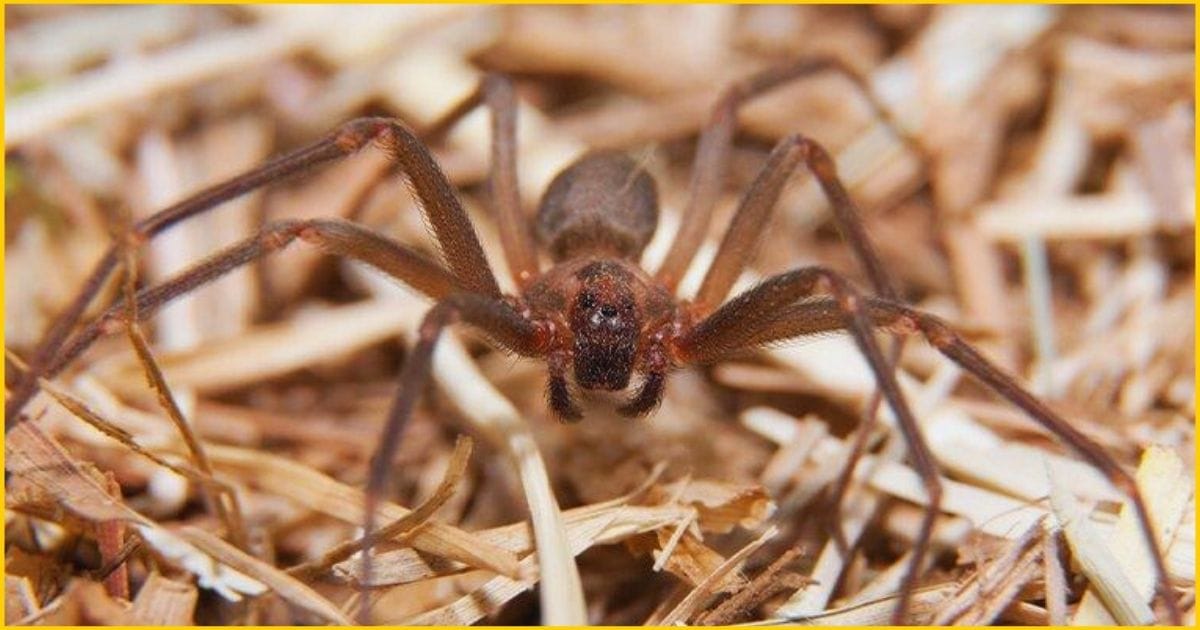
- Appearance: Light to dark brown with a violin-shaped marking on its cephalothorax.
- Habitat: Found in the central and southern USA, particularly in secluded indoor and outdoor spaces.
- Venom: Contains necrotic toxins that cause tissue damage, ulcers, and severe wounds.
- Precautions: Shake out clothing and shoes before wearing, and seal cracks in homes to prevent entry.
You may want to learn more about Brown Recluse Spiders.
3. Hobo Spider (Eratigena agrestis)
The Hobo Spider is a relatively new resident in the USA and has gained a reputation for its painful bite, although its danger level is often debated.
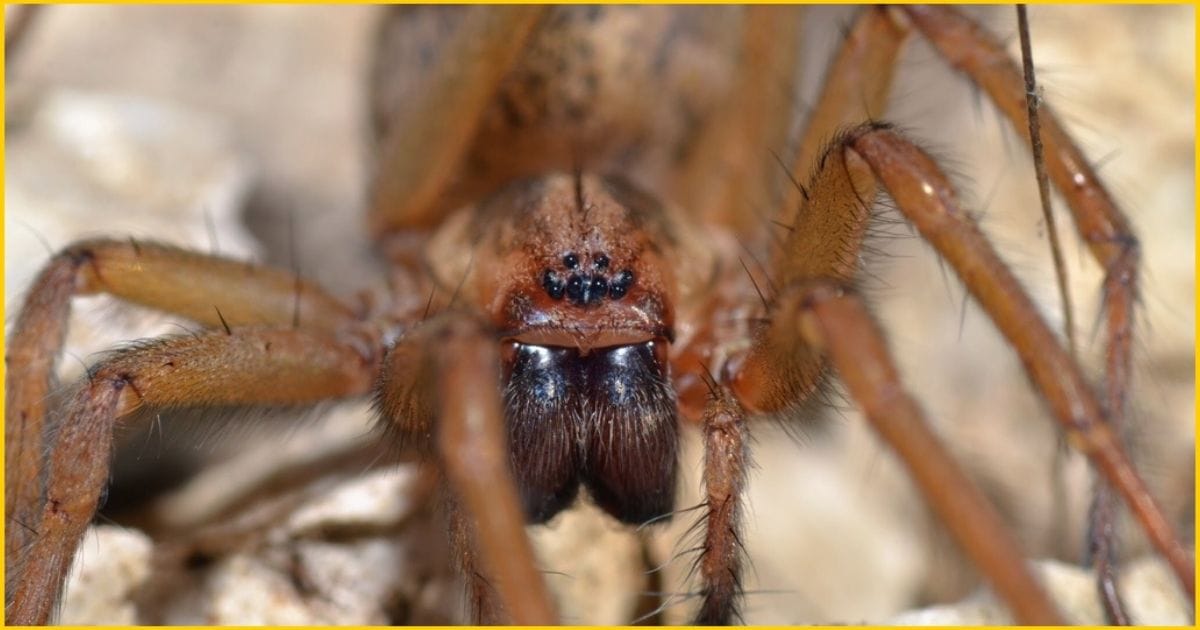
- Appearance: Brown with chevron patterns on the abdomen.
- Habitat: Common in the Pacific Northwest, residing in basements, foundations, and gardens.
- Venom: Bites can cause redness, swelling, and necrosis in rare cases.
- Precautions: Maintain clean and clutter-free areas around your home.seal cracks in homes to prevent entry.
4. Yellow Sac Spider (Cheiracanthium inclusum)
The Yellow Sac Spider is a small but active hunter that frequently enters homes, making encounters more common than with other species.
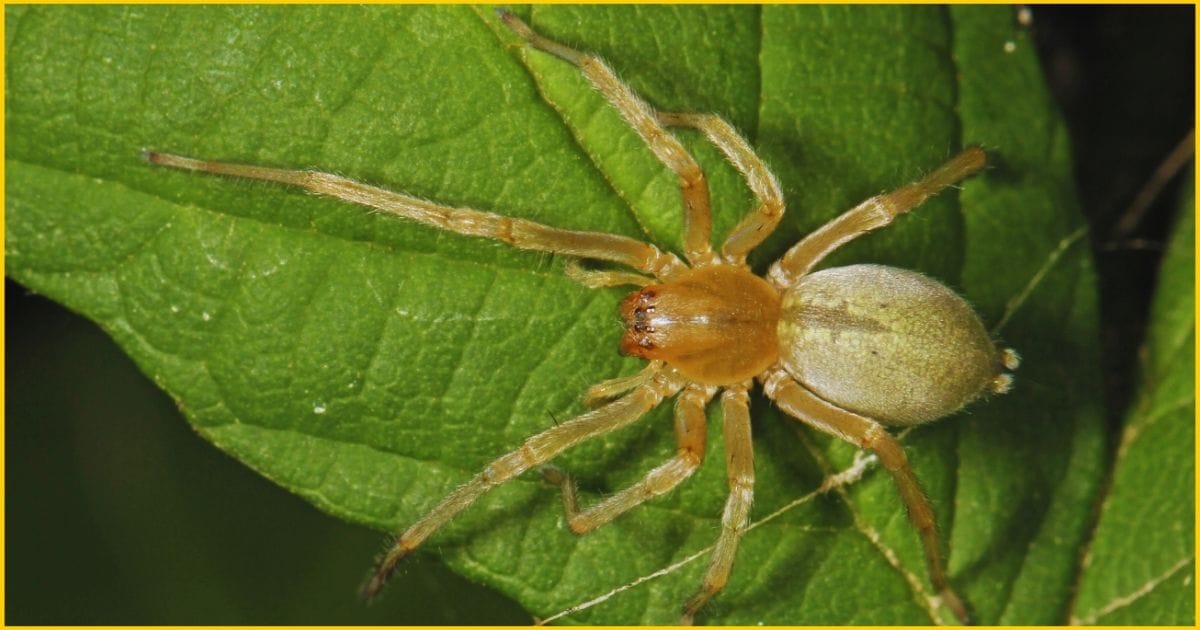
- Appearance: Pale yellow or greenish with a dark mark on the abdomen.
- Habitat: Found across the USA in homes, particularly in corners and folds of fabric.
- Venom: Causes mild necrosis, redness, and itching.
- Precautions: Use insect screens and regularly inspect bedding and curtains.
5. Red Widow Spider (Latrodectus bishopi)
The Red Widow Spider is a strikingly colorful species that is less encountered but equally dangerous as its black widow relative.
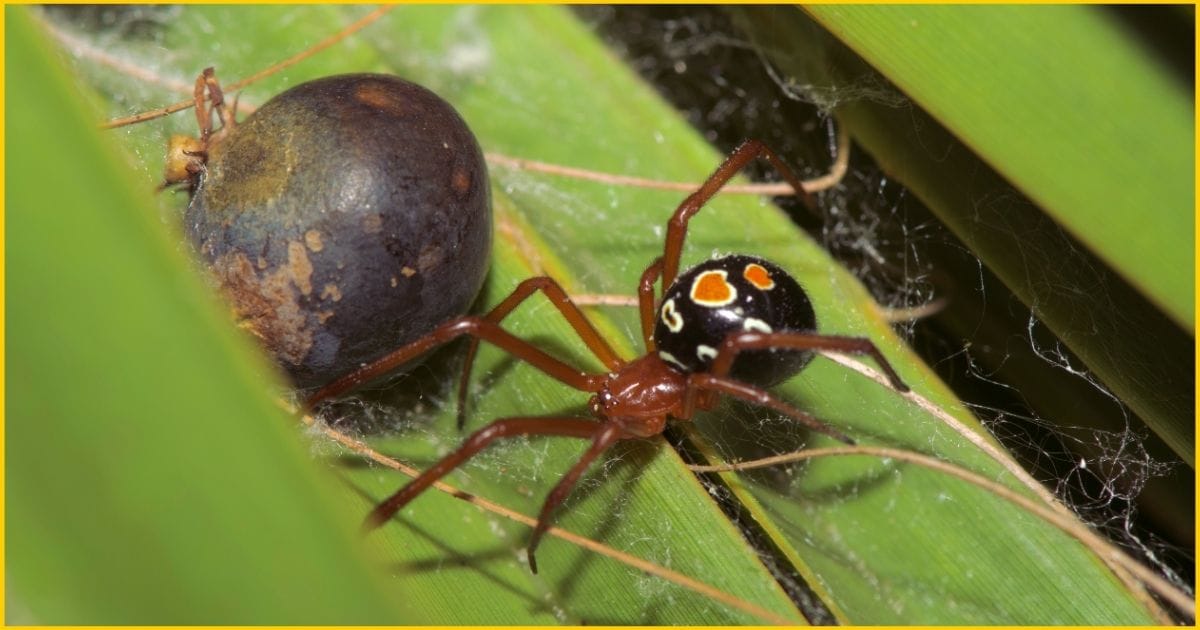
- Appearance: Bright red legs and a black abdomen with red or orange markings.
- Habitat: Endemic to Florida, inhabiting sandy scrub areas.
- Venom: Causes pain, muscle spasms, and other neurotoxic symptoms.
- Precautions: Exercise caution when exploring natural habitats in Florida.
6. Brown Widow Spider (Latrodectus geometricus)
The Brown Widow Spider is less aggressive than the black widow but can still deliver a venomous bite. Its adaptability to urban areas makes it a common sight.
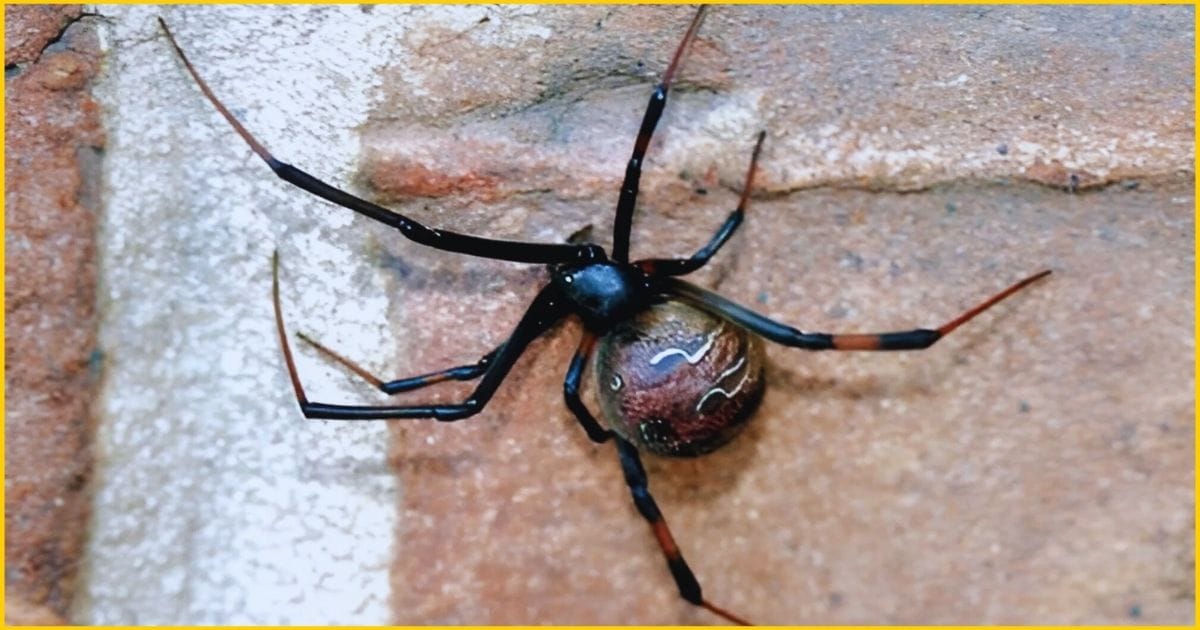
- Appearance: Light brown with geometric patterns on the abdomen and orange hourglass markings.
- Habitat: Found in warmer regions of the USA, particularly in urban areas.
- Venom: Causes less severe symptoms compared to the black widow, including pain and muscle cramps.
- Precautions: Regularly clean outdoor furniture and garden equipment.
7. Wolf Spider (Lycosidae spp.)
The Wolf Spider is known for its speed and hunting prowess. Although intimidating in appearance, it is not as dangerous as many other spiders on this list.
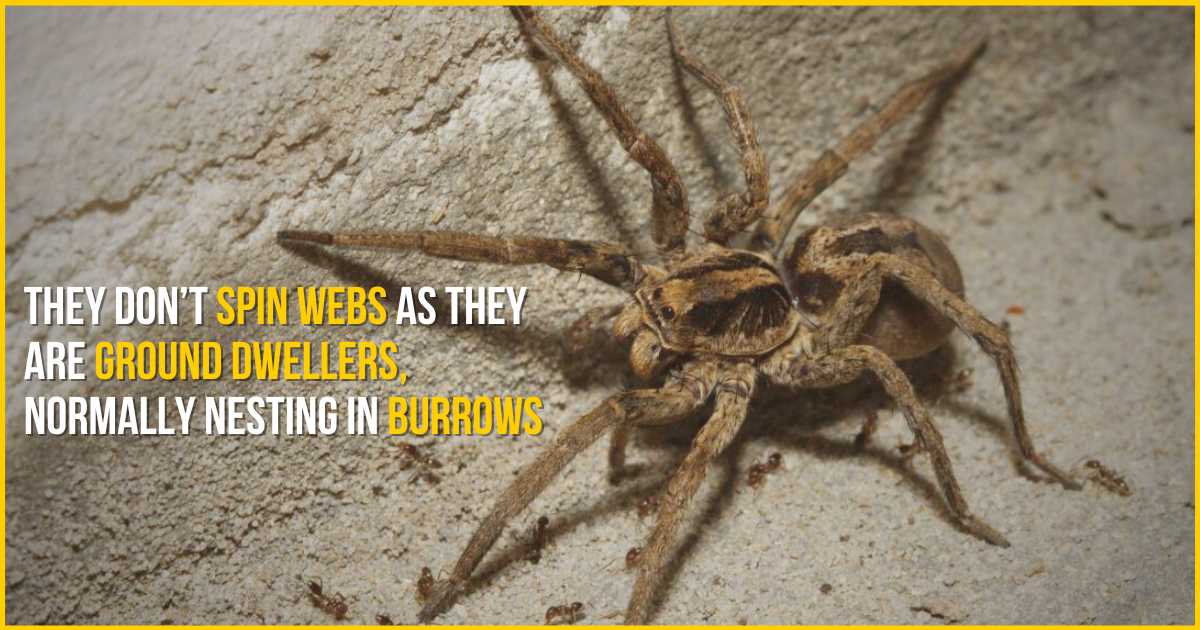
- Appearance: Brown, hairy, with distinct eye patterns.
- Habitat: Found nationwide in forests, grasslands, and even urban areas.
- Venom: Causes swelling, itching, and mild pain but is not life-threatening.
- Precautions: Avoid disturbing their burrows or habitats.
You may want to learn more about Wolf Spiders.
8. Tarantulas (Theraphosidae spp.)
Tarantulas are large and imposing spiders that often evoke fear, but their venom is relatively mild compared to their size.
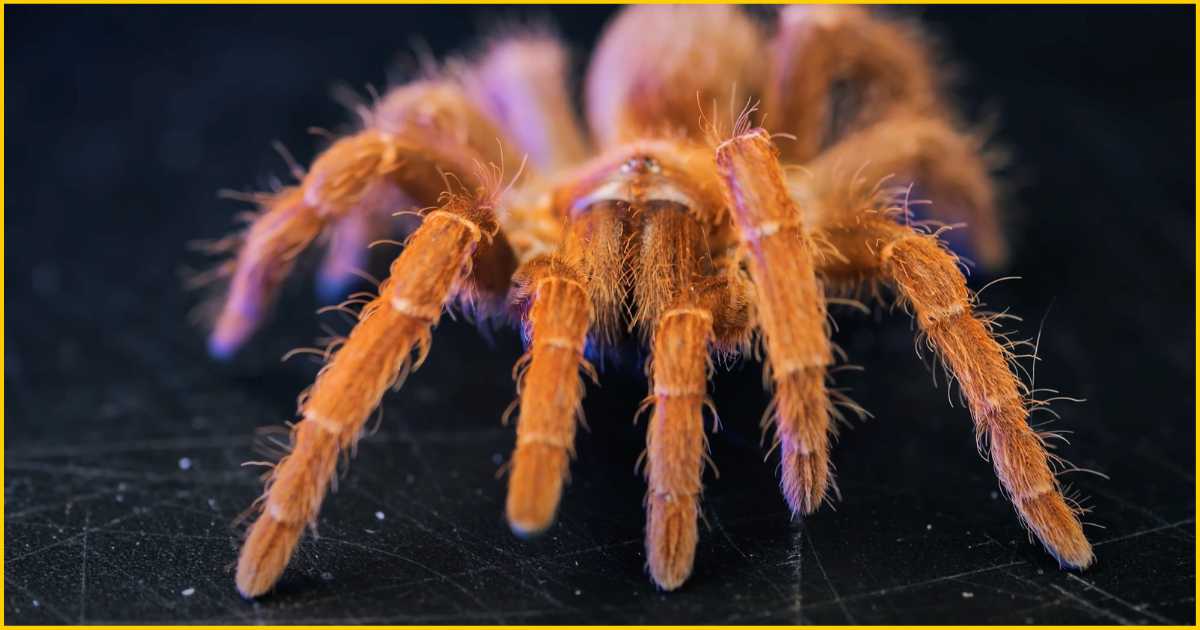
- Appearance: Large, hairy spiders with varying colors.
- Habitat: Found in the southwestern USA, particularly in deserts and grasslands.
- Venom: Causes mild pain and swelling; their hairs can also irritate the skin.
- Precautions: Respect their space when encountered in the wild.
You may want to learn more about these famous Tarantulas.
9. Black House Spider (Badumna insignis)
The Black House Spider is a non-native species that has adapted well to urban environments in the USA. While not highly venomous, its bite can still be unpleasant.
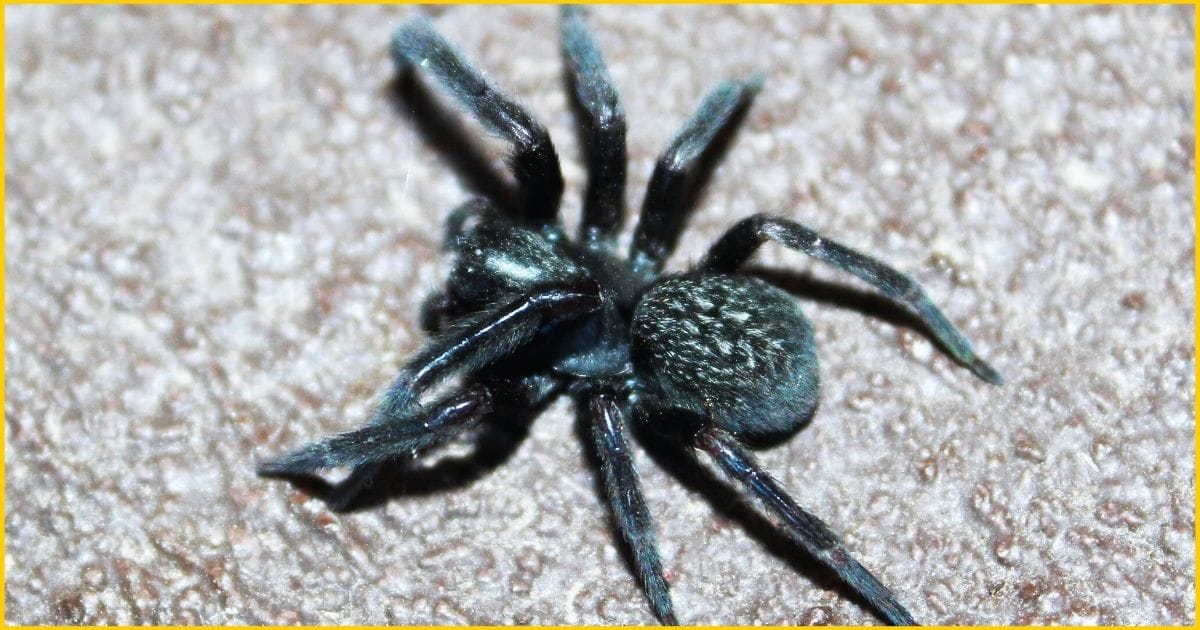
- Appearance: Dark brown to black with a velvety texture.
- Habitat: Prefers urban areas, building webs around windows, fences, and gardens.
- Venom: Bites can cause mild pain and localized swelling.
- Precautions: Regularly clear cobwebs around your home.
10. Orb-Weaver Spider (Araneidae spp.)
The Orb-Weaver Spider is admired for its intricate webs but should still be approached with caution due to its defensive bite.
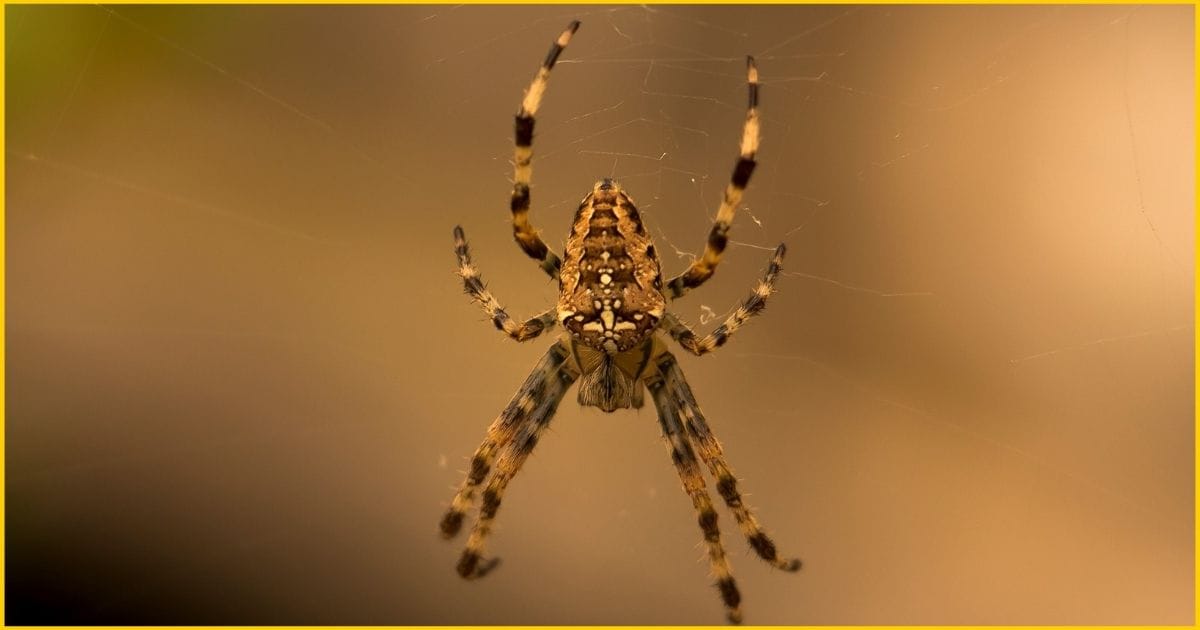
- Appearance: Varied colors with large, rounded abdomens.
- Habitat: Found across the USA, often in gardens and wooded areas.
- Venom: Bites cause minor irritation and itching.
- Precautions: Enjoy their webs from a safe distance.
Protecting Yourself from Venomous Spiders
To minimize the risk of encountering or being bitten by venomous spiders, follow these tips:
- Inspect and clean your home regularly: Spiders often hide in dark, cluttered areas. Regular cleaning helps reduce potential hiding spots.
- Seal entry points: Use caulk to seal cracks and crevices in walls, windows, and doors.
- Store firewood away from your home: Spiders like to hide in woodpiles, so keep them at a distance.
- Wear protective clothing: When working in the garden or handling stored items, wear gloves and long sleeves.
- Educate yourself and your family: Learn to identify the dangerous species and teach others how to recognize them.
By taking these precautions, you can significantly reduce your chances of encountering harmful spiders.
Conclusion
While spiders play a vital role in ecosystems, it is essential to be aware of the venomous species that pose risks to humans. By understanding their characteristics, habitats, and precautions, you can minimize potential dangers and coexist safely with these fascinating arachnids.
